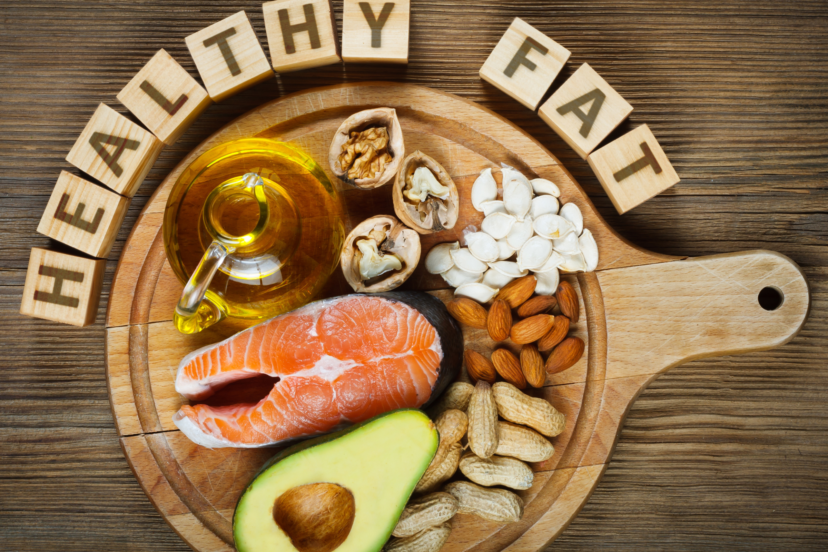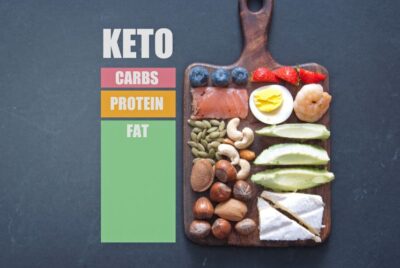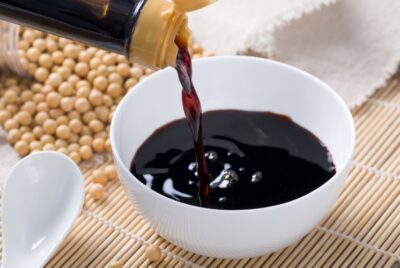How to Eat 100 Grams of Fat per Day on Keto (Without Overthinking It)
One of the biggest challenges keto beginners face is figuring out how to hit their fat macros—especially when aiming for something like 100 grams of fat per day. While it might sound like a lot, getting there is easier than you think with the right food choices and habits.
In this guide, we’ll break down simple, delicious, and practical ways to consume 100g of fat daily on keto, along with a sample meal plan and tips to help you succeed.
Why Fat Intake Matters on Keto
Fat isn’t just allowed on keto—it’s essential. On a ketogenic diet, fat becomes your primary source of fuel. Getting enough fat:
- Helps keep you full
- Supports hormone production
- Promotes ketosis
- Makes food satisfying and flavorful
If you don’t eat enough fat, you may feel fatigued, constantly hungry, or find it hard to stick to your plan.
Importance of Fat in Keto Diet
In the keto diet, fat plays an essential role as it becomes your main energy source, replacing the typical reliance on carbohydrates. Fat is crucial in maintaining a state of ketosis, where the body is burning fat for energy more efficiently. Moreover, consuming adequate amounts of fat helps to keep hunger at bay, providing satiety and making the diet more sustainable in the long term.
Lastly, certain types of fats, like medium-chain triglycerides (MCTs), are particularly beneficial on a keto diet as they can be converted directly into ketones, offering a quick energy source for the brain. But, the question is, how do you effectively consume 100 grams of fat daily?
Understanding Dietary Fat
Different Types of Fat
First, it’s essential to understand that all fats aren’t created equal. There are saturated fats, unsaturated fats (including mono and polyunsaturated), and trans fats. While on keto, you’ll want to focus on healthy fats and limit harmful ones, like trans fats.
Choosing Quality Fats
When it comes to a keto diet, selecting quality fats is vital. Opt for natural, unprocessed fats like avocados, nuts, seeds, and olive oil, which provide beneficial nutrients alongside healthy fats. Fatty fish like salmon and mackerel are also excellent choices due to their high omega-3 content, a type of polyunsaturated fat that supports heart health. Conversely, limit your intake of saturated fats from processed foods and completely avoid trans fats, often found in fried or industrially-produced foods, as they can contribute to adverse health outcomes.
Implementing a High-Fat Keto Diet
1.Calculating Your Macros
To effectively follow a high-fat keto diet, you must understand and calculate your macronutrients – fats, proteins, and carbs. There are many tools and calculators online to help you with this.
2. Fat-Rich Foods for Keto
Here are some fat-rich foods that are perfect for a ketogenic diet:
- Avocados: A great source of monounsaturated fats and fiber.
- Fatty Fish: Such as salmon, mackerel, and sardines, are high in omega-3 fatty acids.
- Nuts and Seeds: Almonds, walnuts, flax seeds, and chia seeds are high in healthy fats.
- Cheese: Full-fat cheeses such as are high in saturated fats and have zero carbs.
- Olive Oil: Rich in monounsaturated fats, olive oil ideal for cooking and salad dressings.
- Coconut Oil: Contains medium-chain triglycerides (MCTs) which can be directly used for energy.
- Eggs: The yolk is especially rich in healthy fats and proteins.
- Butter and Cream: High in saturated fats and perfect for a keto diet.
- Dark Chocolate: Choose 70% cocoa or higher to get more fats and less sugar.
- Full-fat Yogurt: An excellent source of fats and probiotics.
- Fatty Meats: Such as steak, ham, sausages, bacon, chicken with skin, and other fatty cuts of meat.
- MCT Oil: Made from pure MCTs, it can be added to drinks for a fat boost.
Remember, while these foods are keto-friendly, it’s essential to monitor portion sizes to maintain a calorie deficit if weight loss is your goal.
Practical Tips to Consume 100g of Fat Daily
Simple changes, like adding a dollop of butter to your veggies or a spoonful of olive oil to your salad, can help increase fat intake. Fatty cuts of meat and full-fat dairy are also excellent ways to up your fat content.
Between meals, opt for high-fat snacks like a handful of nuts, olives, or some cheese. These can help keep you satiated and on track to meet your 100 grams per day target.
Possible Challenges and Solutions
If you’re struggling to hit your target, remember, you’re not alone. It might take some creativity and time to adjust. Consider using fat bombs – small snacks or treats high in fat, but low in carbs – to boost your intake.
For some, a sudden increase in fat can cause digestive upset. If this happens, try gradually increasing your fat intake. Listen to your body and adjust accordingly.
Conclusion
Hitting 100 grams of fat a day isn’t hard when you plan it right—and it doesn’t have to mean eating greasy or boring meals. With whole, nutrient-dense keto foods and a little creativity, you’ll stay full, satisfied, and in ketosis.
Fat is your fuel. Embrace it.
FAQs
1. How can I add more fats to my keto diet? There are many ways, from choosing fattier cuts of meat to adding healthy oils to your meals and snacks. Fat bombs can also be a great way to increase your fat intake.
2. Can eating too much fat be harmful on a keto diet? While fat is essential on a keto diet, too much of anything can be harmful. Listen to your body and adjust your intake accordingly.
3. What are some good sources of healthy fats for a keto diet? Avocados, fatty fish, nuts and seeds, and high-fat dairy are excellent sources. Cooking with oils like coconut oil and extra virgin olive oil can also help.
4. How can I calculate how much fat I need on a keto diet? There are many macro calculators available online to help you calculate your individual macronutrient needs, including fats.
5. I’m struggling to eat enough fat. What can I do? If you’re finding it hard to meet your fat intake, consider incorporating fat bombs into your diet, or gradually increase your fat intake over time.





Comments are closed.